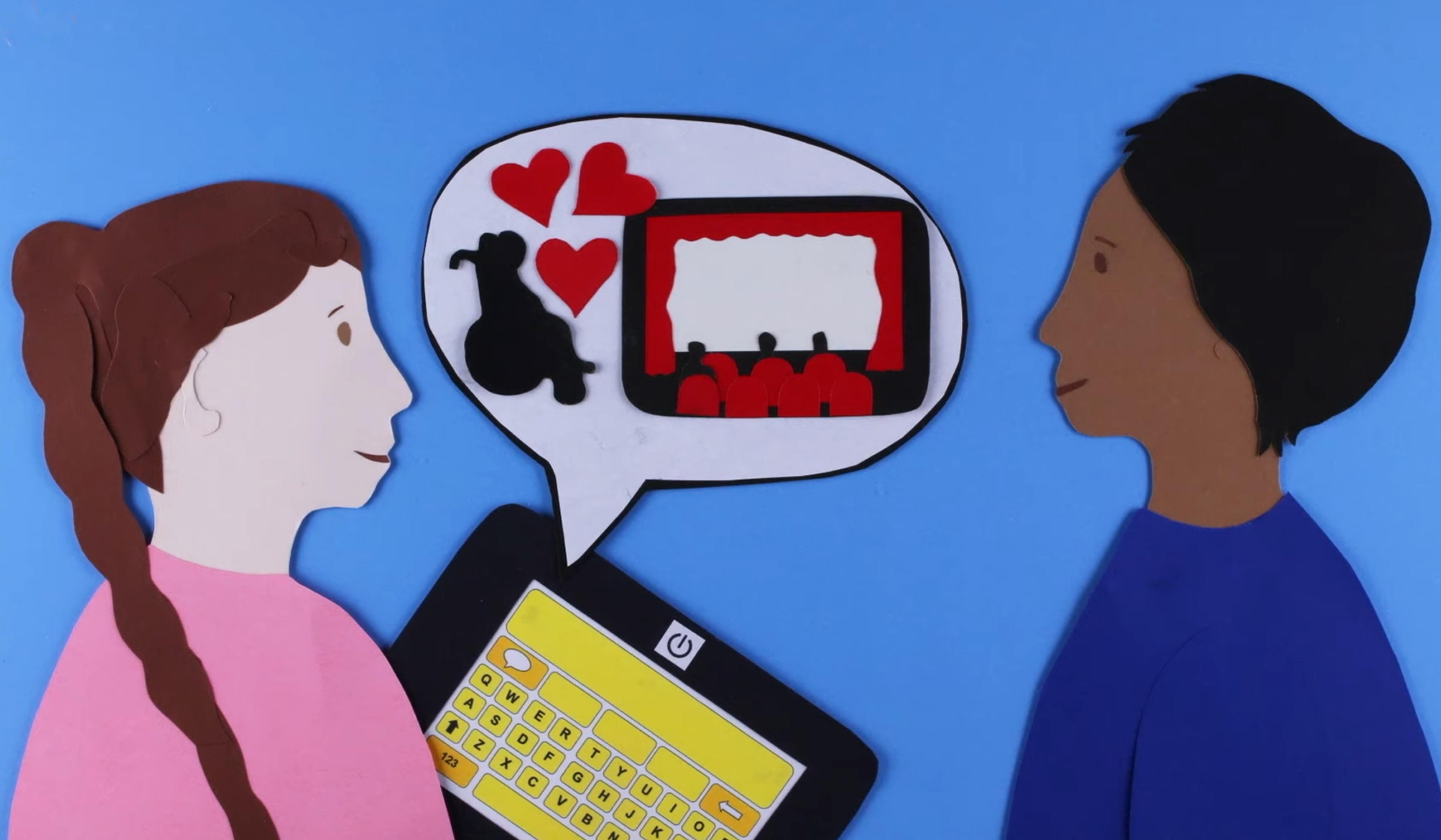The transhuman sounds of the vocoder are familiar to anyone who’s listened to chart-topping albums from the likes of Daft Punk and Kanye West. But before the speech synthesis technology reached a wide public, it had already lived three full lives: first, as an experimental technology created to cut the cost of transcontinental phone calls, then as an encrypted communication system of the US military during the Second World War and Vietnam, and then as a re-purposed instrument used by influential counterculture musicians such as Laurie Anderson, Afrika Bambaataa and Kraftwerk.
How the vocoder went from military tech to an instrument of the counterculture
Producers: Jay Caspian Kang, Nate Lavey
Video by The New Yorker

videoSocial psychology
‘My God! Where’s the human voice?’ A charming reflection on our pre-recorded world
3 minutes

videoAutomation and robotics
Human as a process: What awaits us in the coming age of bio-enhancement?
3 minutes

videoMusic
Meet the jazz pianist who improvises in tandem with a piano that plays itself
5 minutes

videoPolitics and government
Aldous Huxley on the dangers of being ‘caught by surprise by our own advancing technology’
6 minutes
videoInformation and communication
The ‘father of information theory’, Claude Shannon brought us our digital world
6 minutes

videoInformation and communication
A classic film on communication finds renewed meaning in the age of memes and emojis
22 minutes

videoFuture of technology
Artificial ‘creativity’ is unstoppable. Grappling with its ethics is up to us
23 minutes

videoTechnology and the self
Adaptive technologies have helped Stephen Hawking, and many more, find their voice
5 minutes

videoComputing and artificial intelligence
Who, exactly, authored this AI-generated spin on Alfred Hitchcock’s Vertigo?
5 minutes